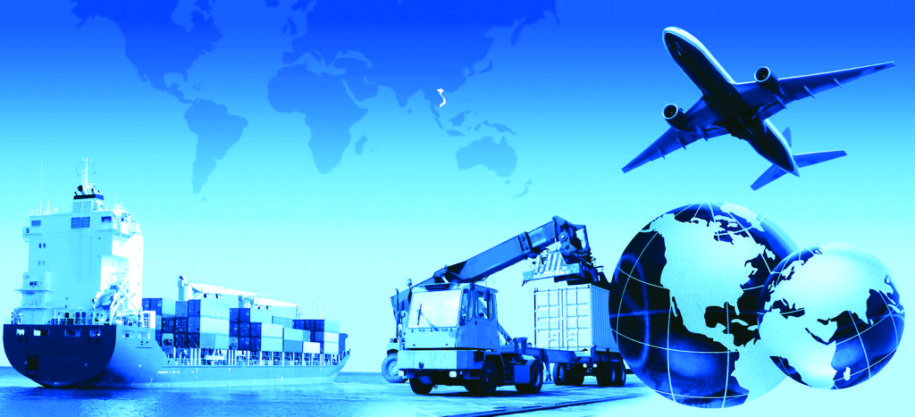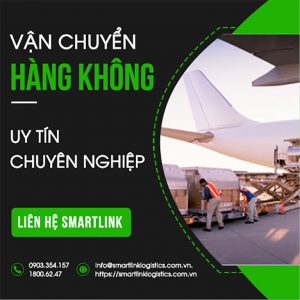
Logistics Vietnam: Expensive but not “chopped up”
Logistics is an important service industry in the overall structure of the national economy, playing a role in supporting, connecting and promoting socio-economic development of the whole country as well as each locality, contributing to competitiveness of the economy.
Logistics “forgets” the advantage of the sea
Logistics is relatively high, reaching 14-16%, the proportion of businesses outsourcing logistics services is about 60-70%, contributing about 4-5% of GDP …, logistics activities of Vietnamese enterprises still have some problems. . Typically, the geographical advantages and potentials of each locality have not been fully exploited; Infrastructure for logistics activities as well as the connection between commercial infrastructure, transport infrastructure, information technology infrastructure … both domestically and with the region is not high, so the efficiency logistics activities are still low.
Ms. Stefanie Stallmeister, World Bank Project Operations Manager in Vietnam commented: “Ineffective logistics activities increase business costs and reduce the potential for domestic and international integration. Although Vietnam has achieved positive results according to the Logistics Performance Index, there is still much work to be done to improve efficiency in the logistics sector ”, noted Stefanie Stallmeister.
In fact, for many years, logistics enterprises have still faced many difficulties. Some policies have not been promptly revised to suit the specifics of logistics activities in practice.
In addition, service costs are still high due to many reasons such as limitations such as the level of human resources not meeting the requirements of operations, limited logistics infrastructure and transportation costs on roads, port surcharges. sea imposed by foreign ship owners …
Ms. Dang Minh Phuong, Chairman of MP Logistics Company, “Logistics costs of businesses are still high because they are” forgetting “, do not know how to take advantage of sea and railway. Enterprises still focus on 80% of road transportation. In addition, the connection of transport infrastructure between waterways, roads and railways is limited. Vietnam should have a plan to develop 10-20 years of transport infrastructure to anticipate the development of the economy, minimize logistics costs, especially to closely connect the waterway-road-road system. iron ”, mentioned Ms. Phuong.
Associate factor is important
How to really cut logistics costs in the future? In response to this question, Mr. Tran Thanh Hai, Deputy Director of the Import and Export Department (Ministry of Industry and Trade), said that it is necessary to have a plan that is both specific and relatively comprehensive, related to many industries and fields. .
First of all, the system of infrastructure and facilities needs to be upgraded and completed; in particular, the connectivity between modes of transport needs to be improved, in order to avoid over-focusing on a mode of transport such as road, while not being able to effectively exploit other modes such as railroads, Waterway.
In addition, it is necessary to continue to improve the legal system, mechanisms and policies to promote the development of logistics services. On the other hand, logistics enterprises themselves also need to have their own plans to actively upgrade services, meet the quality requirements of customers, thereby developing domestic and foreign markets.
“It is important to attach special importance to the linking factor between logistics enterprises, because currently most businesses in this industry are small and the linkage is still very fragmentary, not creating a collective strength for mutual development. Regarding this factor, the role of associations and local authorities is very necessary, “said Mr. Tran Thanh Hai.
According to Ms. Stefanie Stallmeister, currently the first trend is the acceleration of e-commerce and the use of digital platforms in Vietnam. The second trend is to use digital technology solutions to improve efficiency and provide new services to customers. When applying digital technology, businesses can provide visibility and traceability of goods as well as communicate with online customers.
“This requires logistics businesses to invest in technologies such as Internet of Things (IoT), cloud computing, automation and data analysis. In addition, cutting edge technologies such as robots, drones and autonomous vehicles can also increase the efficiency of logistics service providers ”, recommended Stefanie Stallmeister.
Source: nbtv

If you need assistance with import and export of international goods, you can contact our Smart Link team. guide service consulting as well as necessary related customs procedures.


































